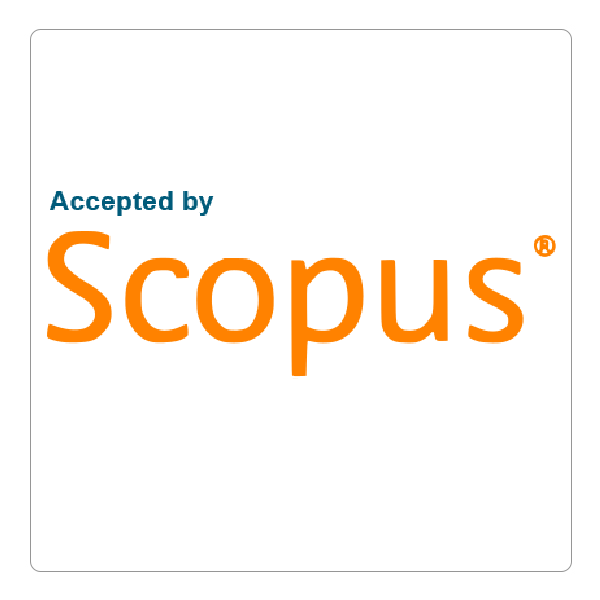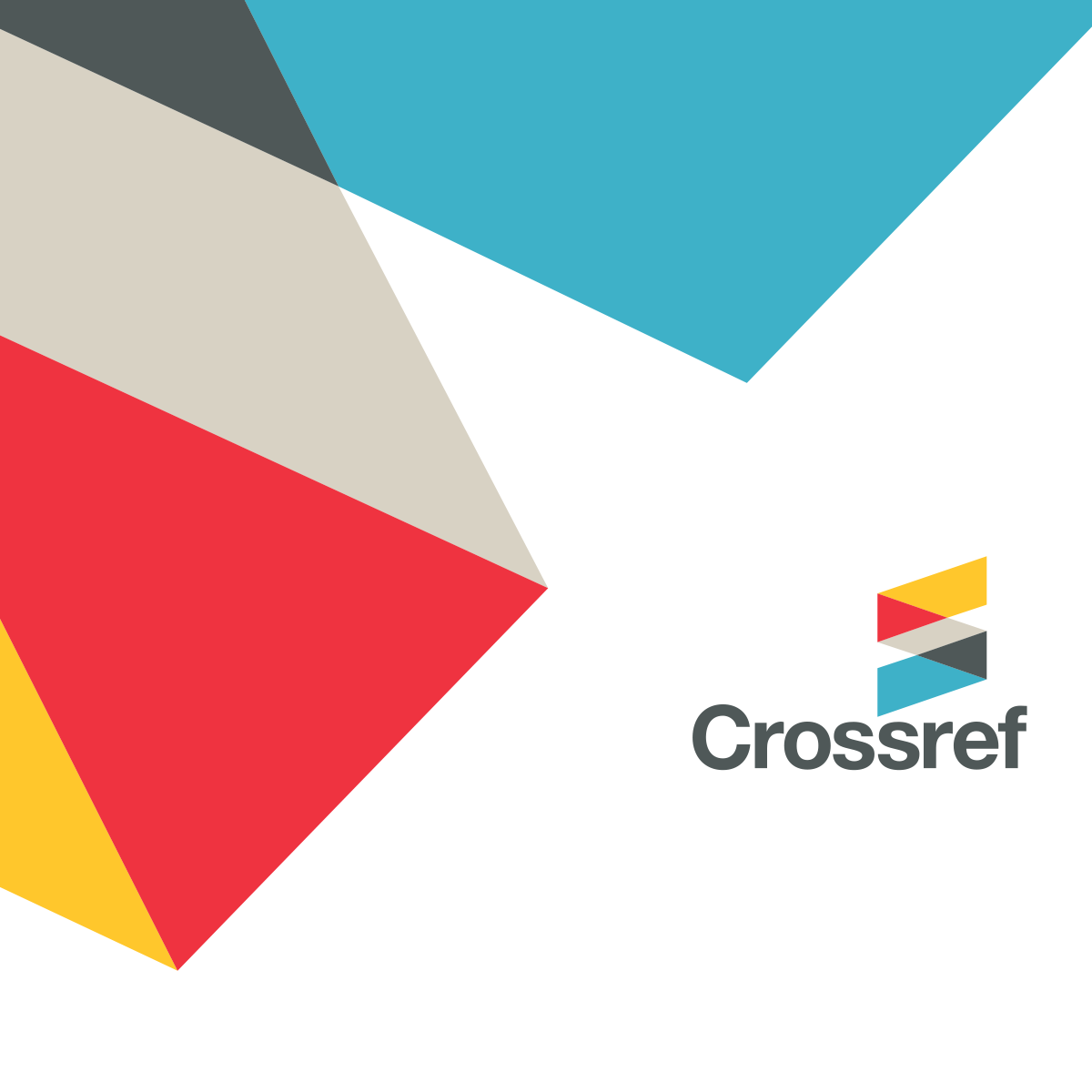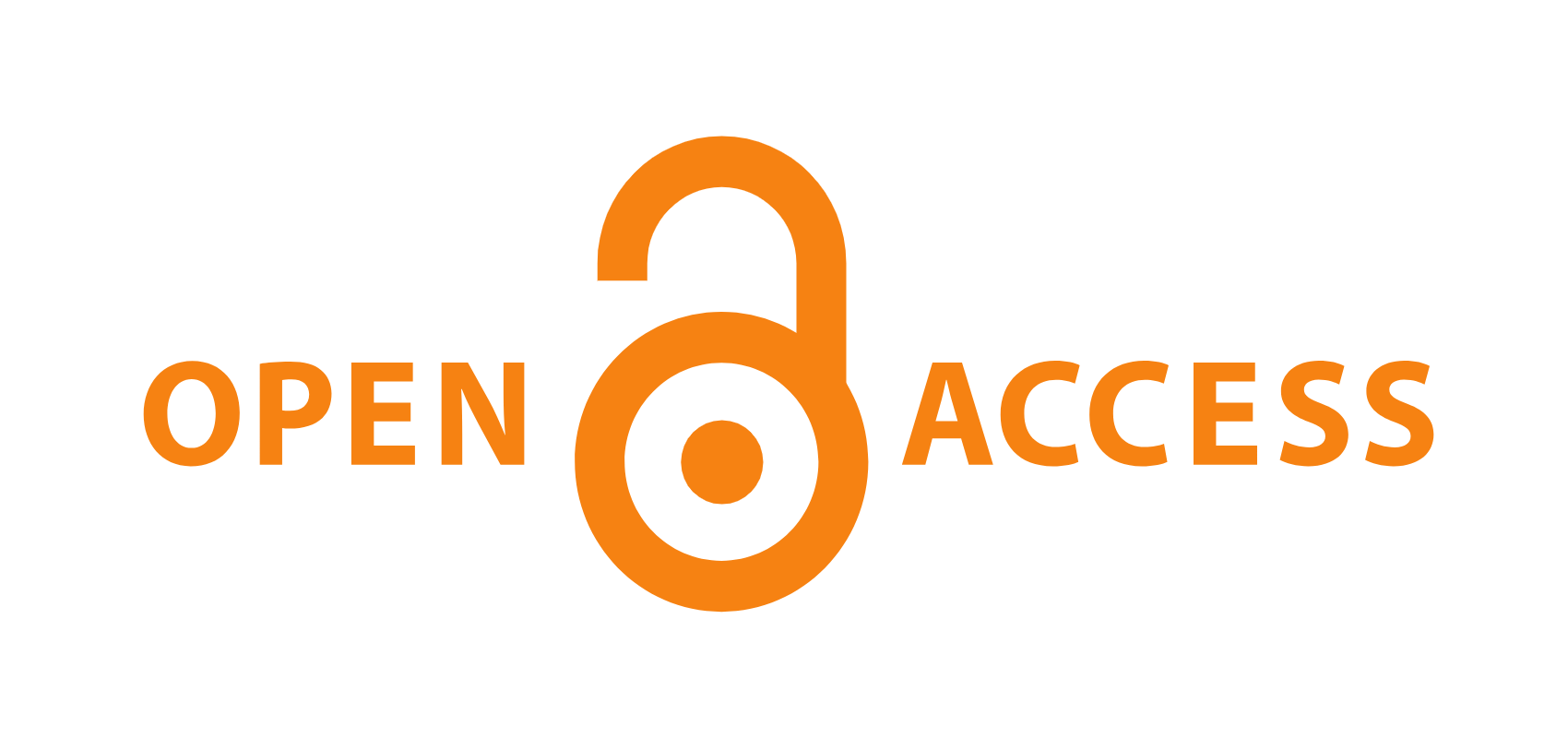How to Cite This Article
Ahsan, Anjar; Mohammed, Hassan bin; Maroju, Abhilash; Yusop, Nurhafizah Moziyana Mohd; Yusof, Wan Su Emi Yusnita Wan; Razak, Najjah Salwa Abd; and Dar, Mohd Arif
(2025)
"An Optimized Model for Identification of Cerebral Palsy Using Deep Learning,"
Polytechnic Journal: Vol. 15:
Iss.
1, Article 10.
DOI: https://doi.org/10.59341/2707-7799.1851
Document Type
Original Article
Abstract
Cerebral palsy (CP), a neurological disorder that affects children and can occasionally result in cognitive problems as well as deficits in motor function can be caused by prenatal, perinatal, or postnatal factors. Each subtype of cerebral palsy (CP), such as spastic and non-spastic cerebral palsy, has distinct symptoms based on the location of the brain lesion and how it affects muscle tone. Individualized therapy and rehabilitation programs are necessary to treat these differences effectively. Therefore, early-stage CP categorization is crucial to ensuring timely and targeted treatment efforts. The functional magnetic resonance imaging (fMRI) of the infant's brain is a helpful technique for CP imaging and early detection. This research uses a deep convolutional neural network (CNN) based on a modified AlexNet architecture to classify CP subtypes using newborn fMRI data. The modified AlexNet architecture gives an accuracy 79.5 % which is better than the results obtained through GoogleNet, AlexNET and LeNet models. This methodology aims to assist healthcare providers in developing more targeted recuperation programs, which will ultimately improve the lives of affected teenagers.
Receive Date
23/11/2024
Revise Date
25/01/2025
Accept Date
25/01/2025
Publication Date
7-4-2025
References
[1] Himpens E, Van den Broeck C, Oostra A, Calders P, Vanhaesebrouck PMDP. Prevalence, type, distribution, and severity of cerebral palsy in relation to gestational age: a meta-analytic review. Dev Med Child Neurol 2008;50(5): 334e40. https://doi.org/10.1111/j.1469-8749.2008.02047.x.
[2] Tjahjono NM. Development and design of a toy for children with cerebral palsy, emphasizing arm movement (Doctoral dissertation, UNSW Sydney). 2001. https://doi.org/10.26190/ unsworks/10051.
[3] Ballester Plane J. Beyond the motor impairment in dyskinetic cerebral palsy: neuropsychological and connectomebased approach. 2018. http://hdl.handle.net/10803/665520.
[4] Patel DR, Neelakantan M, Pandher K, Merrick J. Cerebral palsy in children: a clinical overview. Transl Pediatr 2020; 9(Suppl 1):S125. https://doi.org/10.21037/tp.2020.01.01.
[5] Council on Children With Disabilities, Section on Developmental Behavioral Pediatrics, Bright Futures Steering Committee, & Medical Home Initiatives for Children With Special Needs Project Advisory Committee. Identifying infants and young children with developmental disorders in the medical home: an algorithm for developmental surveillance and screening. Pediatrics 2006;118(1):405e20. https:// doi.org/10.1542/peds.2006-1231.
[6] Slough C, Masters SC, Hurley RA, Taber KH. Clinical positron emission tomography (PET) neuroimaging: advantages and limitations as a diagnostic tool. J Neuropsychiatry Clin Neurosci 2016;28(2):A4e71. https://doi.org/10.1176/appi.neuropsych.16030044.
[7] Alharthi AG, Alzahrani SM. Do it the transformer way: a comprehensive review of brain and vision transformers for autism spectrum disorder diagnosis and classification. Comput Biol Med 2023:107667. https://doi.org/10.1016/j. compbiomed.2023.107667.
[8] Mattioni S, Rezk M, Gao X, Nam J, Liu ZX, Gau R, et al. Impact of a transient neonatal visual deprivation on the development of the ventral occipito-temporal cortex in humans. bioRxiv 2024;2024-11. https://doi.org/10.1101/2024. 11.30.625697.
[9]Islam MS, Al Farid F, Shamrat FJM, Islam MN, Rashid M, Bari BS, et al. Challenges issues and future recommendations of deep learning techniques for SARS-CoV-2 detection utilising X-ray and CT images: a comprehensive review. PeerJ Comput Sci 2024;10:e2517. https://doi.org/10.7717/peerj-cs.2517.
[10] Khalighi S, Reddy K, Midya A, Pandav KB, Madabhushi A, Abedalthagafi M. Artificial intelligence in neuro-oncology: advances and challenges in brain tumor diagnosis, prognosis, and precision treatment. NPJ Precis Oncol 2024;8(1):80. https://doi.org/10.1038/s41698-024-00575-0.
[11] Yu H, Yang LT, Zhang Q, Armstrong D, Deen MJ. Convolutional neural networks for medical image analysis: stateof-the-art, comparisons, improvement and perspectives. Neurocomputing 2021;444:92e110. https://doi.org/10.1016/j. neucom.2020.04.157
[12] Kavya Y, Sofana S. Abnormal gait classification in children with cerebral palsy using ConvLSTM hybrid model and GAN. In: IEEE access. 12; 2024. p. 117721e36. https://doi.org/ 10.1109/ACCESS.2024.3439889.
[13] Xu W, Dai H, Li R, Li M, Yang D. Human-machine analysis and optimization design of lower limb trainer for children with cerebral palsy based on JACK virtual simulation. In: IEEE 7th Eurasian Conference on Educational Innovation (ECEI), Bangkok, Thailand; 2024. p. 211e6. https://doi.org/10. 1109/ECEI60433.2024.10510804.
[14] Tagoe EA, Fang Y, Williams JR, Lerner ZF. Walking on real-world terrain with an ankle exoskeleton in cerebral palsy. In: IEEE transactions on medical robotics and bionics. 6; 2024. p. 202e12. https://doi.org/10.1109/TMRB.2023. 3328649.
[15] Poojari MC, Maniyeri R, Chemmangat K, Ameen P. Kinematic study of a novel active knee exoskeleton for alleviating crouch gait in individuals with cerebral palsy. In: 2024 international conference on Advances in Modern Age Technologies for Health and Engineering science (AMATHE), Shivamogga, India; 2024. p. 1e8. https://doi.org/10.1109/ AMATHE61652.2024.10582228.
[16] Zhao P. Computer vision for gait assessment in cerebral palsy: metric learning and confidence estimation. In: IEEE transactions on neural systems and rehabilitation engineering. 32; 2024. p. 2336e45. https://doi.org/10.1109/TNSRE.2024. 3416159.
[17] Cao W. Exoskeleton-based lower limb rehabilitation robot design and simulation for children with cerebral palsy. In: 2024 World Rehabilitation Robot Convention (WRRC), Shanghai, China; 2024. p. 1e6. https://doi.org/10.1109/ WRRC62201.2024.10696836.
[18] Willaert J, Desloovere K, Campenhout A, Ting LH, Groote F. Identification of neural and non-neural origins of joint hyper-resistance based on a novel neuromechanical model. In: IEEE transactions on neural systems and rehabilitation engineering. 32; 2024. p. 1435e44. https://doi.org/10.1109/ TNSRE.2024.3381739.
[19] Bowersock C. D, Lerner Z. F. Feasibility of using autonomous ankle exoskeletons to augment community walking in cerebral palsy. in IEEE open journal of engineering in medicine and biology. doi: 10.1109/OJEMB.2024.3475911.
[20] Pirborj LM, Alnajjar F, Shafigh S. Empowering helpers: reversing roles in paediatric rehab with humanoid robots and sensory games. In: International conference on Intelligent Environments (IE), Ljubljana, Slovenia; 2024. p. 105e8. https://doi.org/10.1109/IE61493.2024.10599914.
[21] Mittal K, Singh Gill K, Aggarwal P, Singh Rawat R, Sunil G. Advancing speech disorder diagnostics: a comprehensive study on dysarthria classification with CNN. In: 2024 Asia Pacific Conference on Innovation in Technology (APCIT), MYSORE, India; 2024. p. 1e5. https://doi.org/10.1109/ APCIT62007.2024.10673651.
[22] Singla M, Gill KS, Upadhyay D, Devliyal S. Progressing speech disorder identification: a thorough investigation into dysarthria categorization utilizing ResNet 50 CNN. In: 2024 International Conference on Intelligent Systems for Cybersecurity (ISCS), Gurugram, India; 2024. p. 1e5. https://doi. org/10.1109/ISCS61804.2024.10581063.
[23] Accardo J, Kammann H, Hoon Jr AH. Neuroimaging in cerebral palsy. J Pediatr 2004;145(2):S19e27. https://doi.org/10. 1016/j.jpeds.2004.05.018.
[24] Gowda VK. Recent advances in cerebral palsy. Karnataka Pediatr J 2020;35(1):4e18. https://doi.org/10.25259/KPJ_1_2020.
[25] Verma G, Gill KS, Kumar M, Rawat R. Next-gen speech disorder diagnostics: CNN methods for dysarthria classification. In: 2024 first International Conference on Pioneering Developments in Computer Science & Digital Technologies (IC2SDT), Delhi, India; 2024. p. 365e9. https://doi.org/10. 1109/IC2SDT62152.2024.10696797.
[26] Wang C. An interpretable and accurate deep-learning diagnosis framework modeled with fully and semi-supervised reciprocal learning. In: IEEE transactions on medical imaging. 43; 2024. p. 392e404. https://doi.org/10.1109/TMI. 2023.3306781.
[27] Degadwala S, Krishnamurthy D, Vyas D. DeepSpine: multiclass spine X-ray conditions classification using deep learning. In: 2024 3rd International Conference on Sentiment Analysis and Deep Learning (ICSADL), Bhimdatta, Nepal; 2024. p. 8e13. https://doi.org/10.1109/ICSADL61749.2024.00008.
[28] Hasan Dathar Abas, Jader Umed Hayder. Semantic lung segmentation from chest X-ray images using seg-net deep CNN model. Polytech J 2023;13(2):1. https://doi.org/10.59341/ 2707-7799.1712.











Follow us: